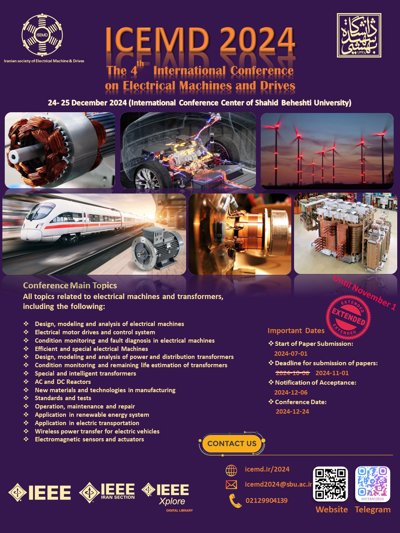0% Complete
نویسندگان :
کلمات کلیدی :
چکیده :
لیست مقالات بایگانی شده
Hossein Dehghan-Niri - Ahmadreza Karami-Shahnani - Karim Abbaszadeh - Reza Nasiri-Zarandi - Mohammad Sedigh Toulabi
Alireza Jaferian-Fini - Alireza Sohrabzadeh - Hossein Torkaman - Hamid Ebrahimi
Shahin Mahdiyounrad - Hamid Ashrafi - Hamed Mohajeri
Ahmad Saasni - Mehrdad Ghafari - Mostafa Eftekharizadeh
Ali Zarghani - Mohammad Farahzadi - Aghil Ghaheri - Karim Abbaszadeh - Hossein Torkaman - Ebrahim Afjei
Ahmad Siroos - Ebrahim Afjei - Xiaodong Liang - Alireza Sheikhi Fini
Reza Hamdi - Hossein Torkaman - Amin Amraei
Hamed Nazifi - Alireza Namnabat - Aref Doroudi


